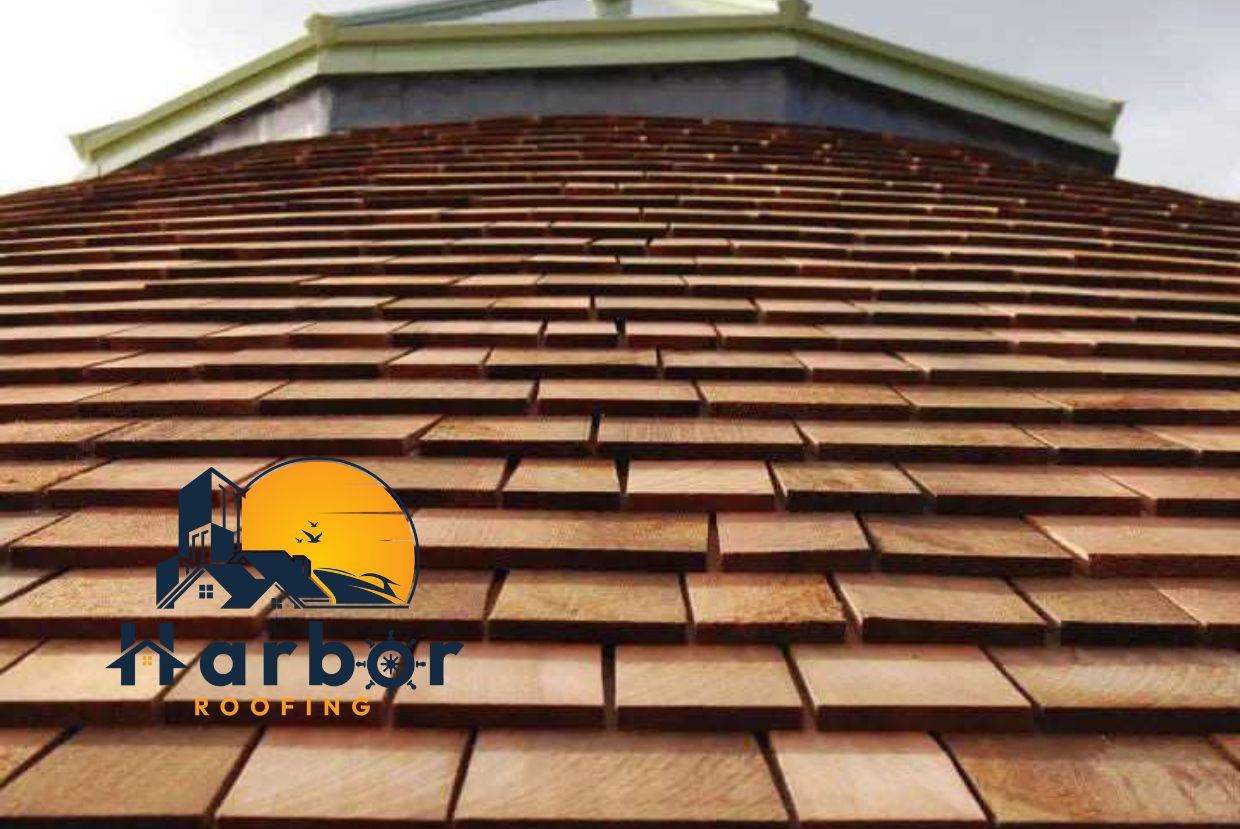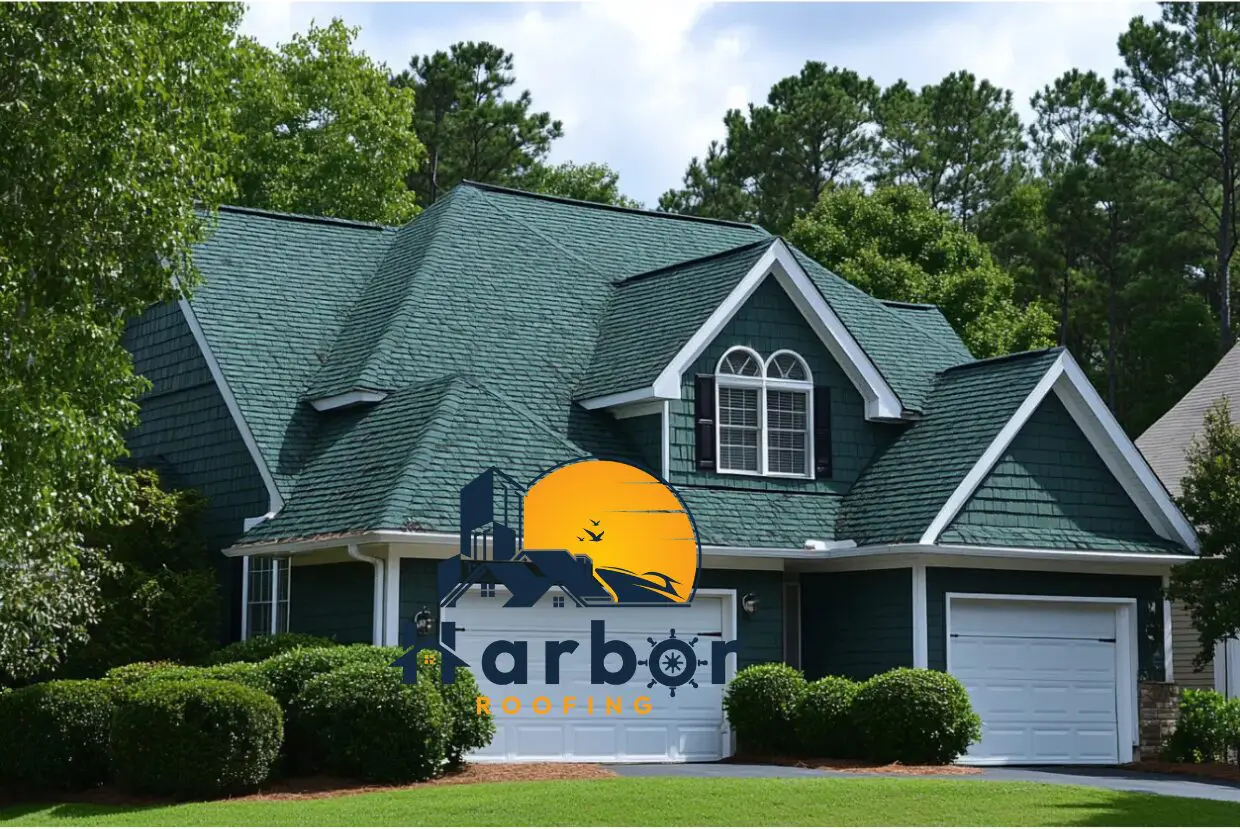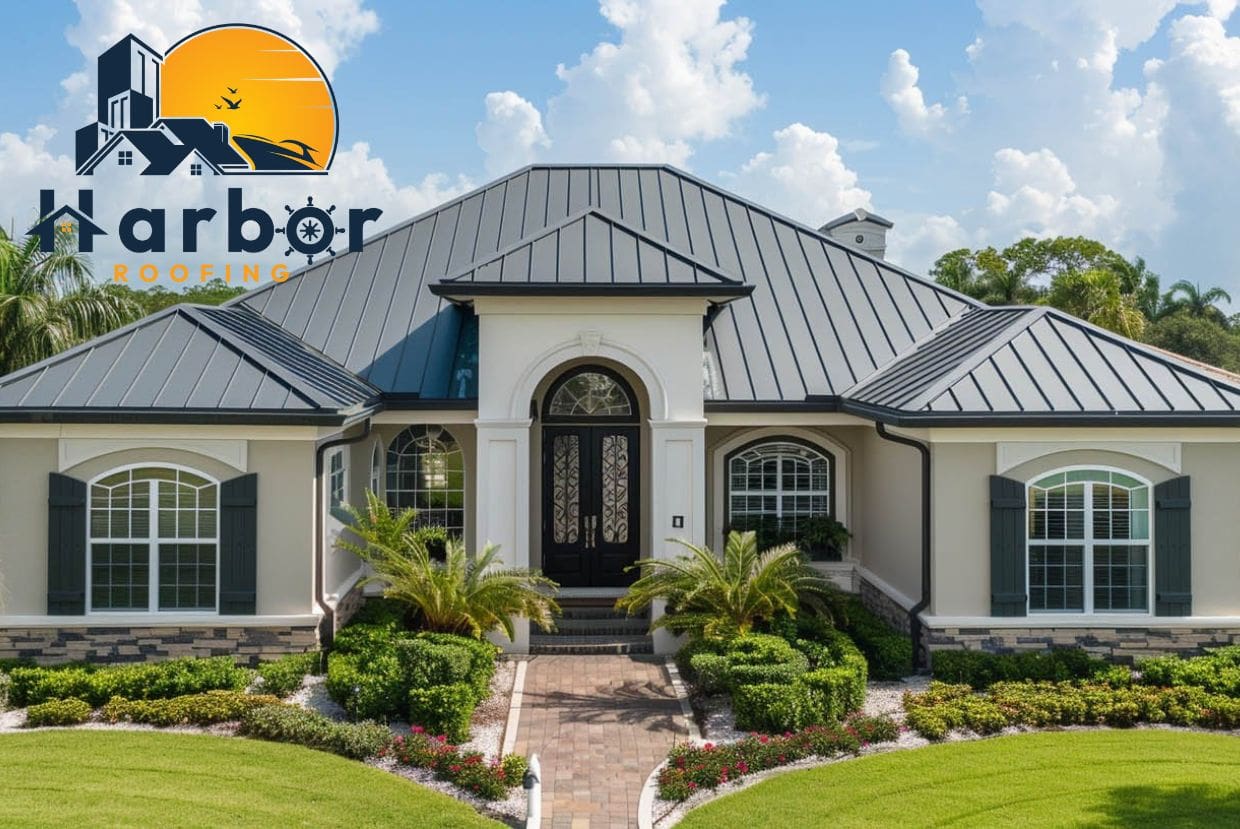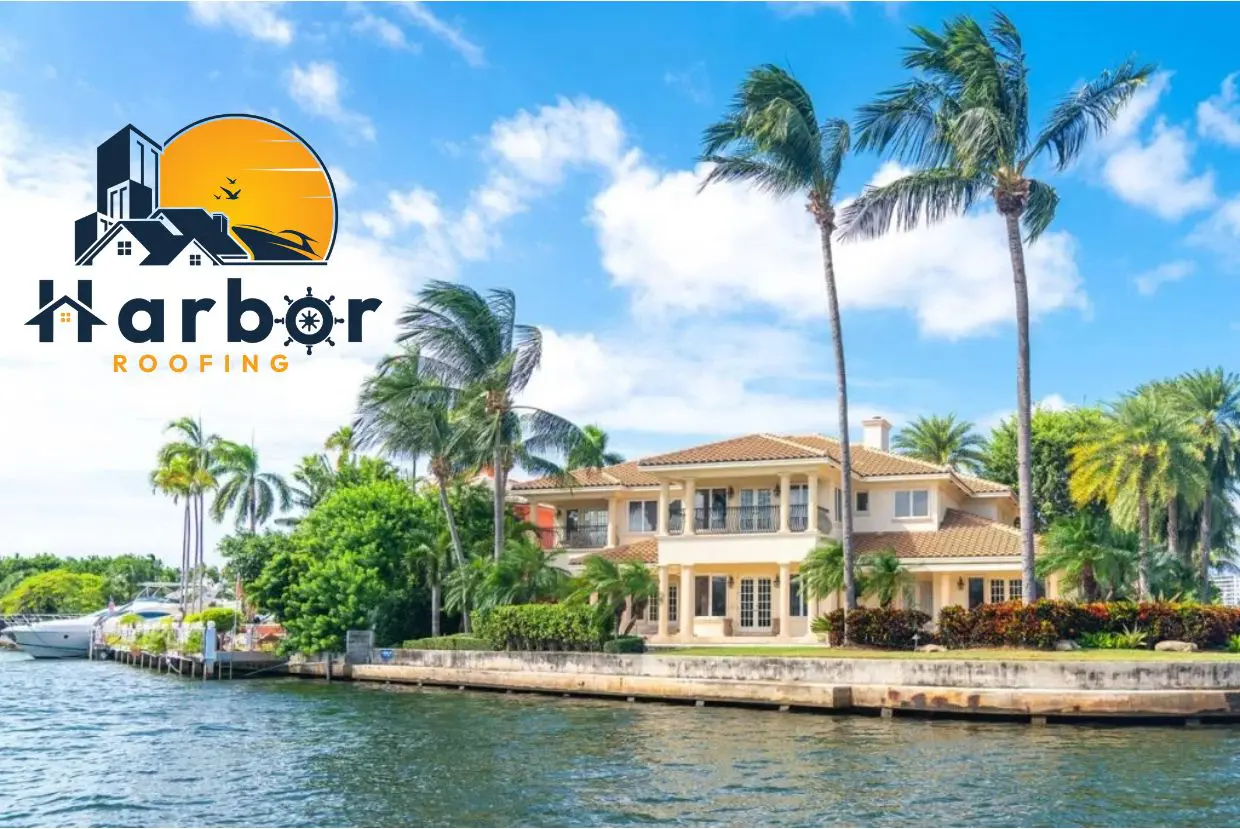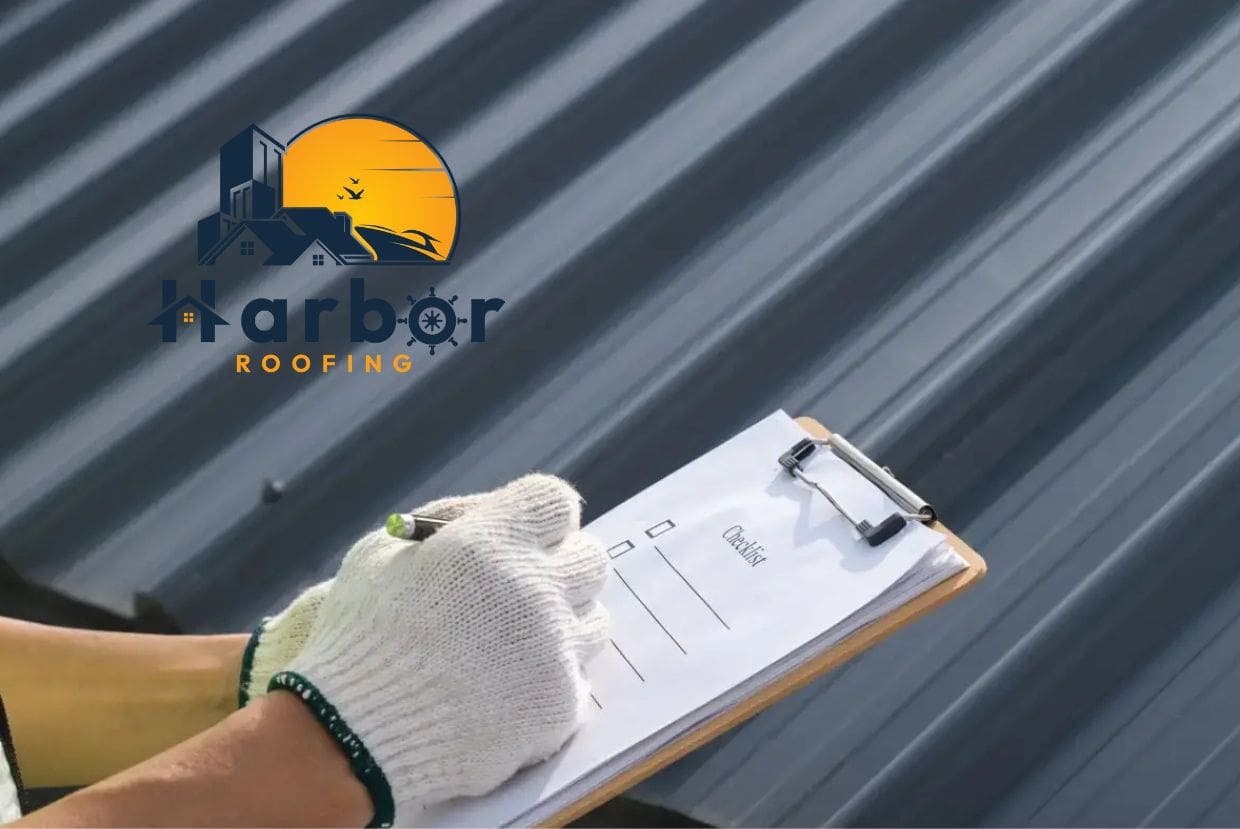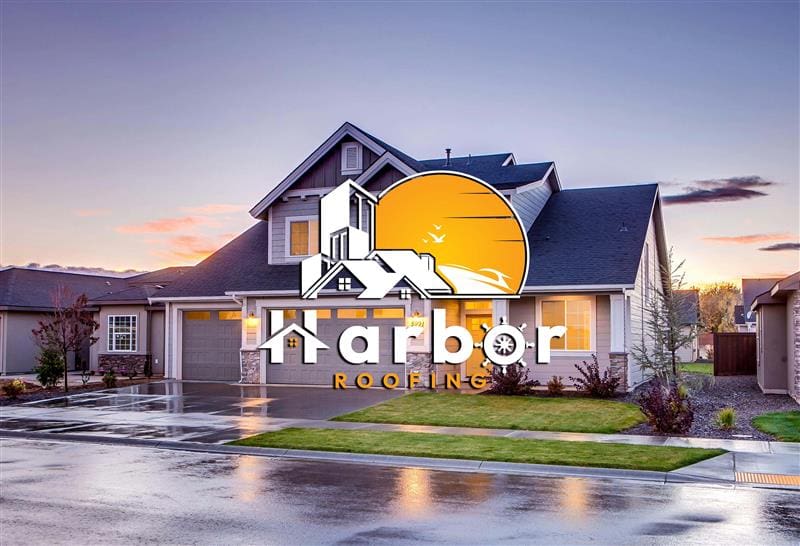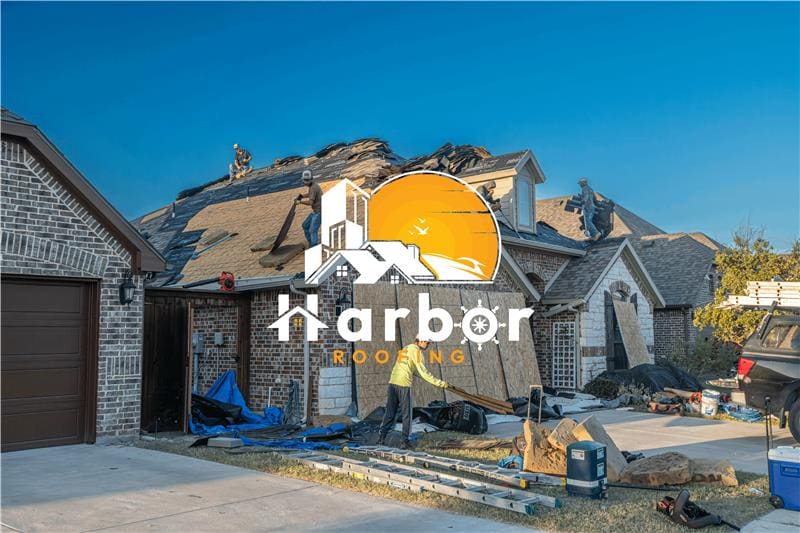Table of contents
- What Are Cedar Shake Shingles?
- What Are the Main Grades of Cedar Shake Shingles?
- What are Tapersawn Shakes and Hand-Split Shakes?
- Types of Cedar Shake Grains
- Factors to Consider When Choosing a Cedar Shake Grade
- Can You Mix Cedar Shake Grades?
- Cedar Shake Certifications and Labels to Look For
- Conclusion
- Frequently Asked Questions
Are you considering a cedar roof for your next roof replacement? There’s something timeless about a cedar shake roof. It has that natural, warm look that makes any home stand out. But if you’ve ever tried to buy cedar shakes, you may have noticed that they come in different grades. Now, that’s where things get confusing. How do you identify the different grades of cedar shake shingles? More importantly, which one is right for your home?
Let’s clear the air. In this guide, we’ll explain what each grade of cedar shake shingle means, how the grading system works, and what to consider before choosing the right one for your roof.
What Are Cedar Shake Shingles?
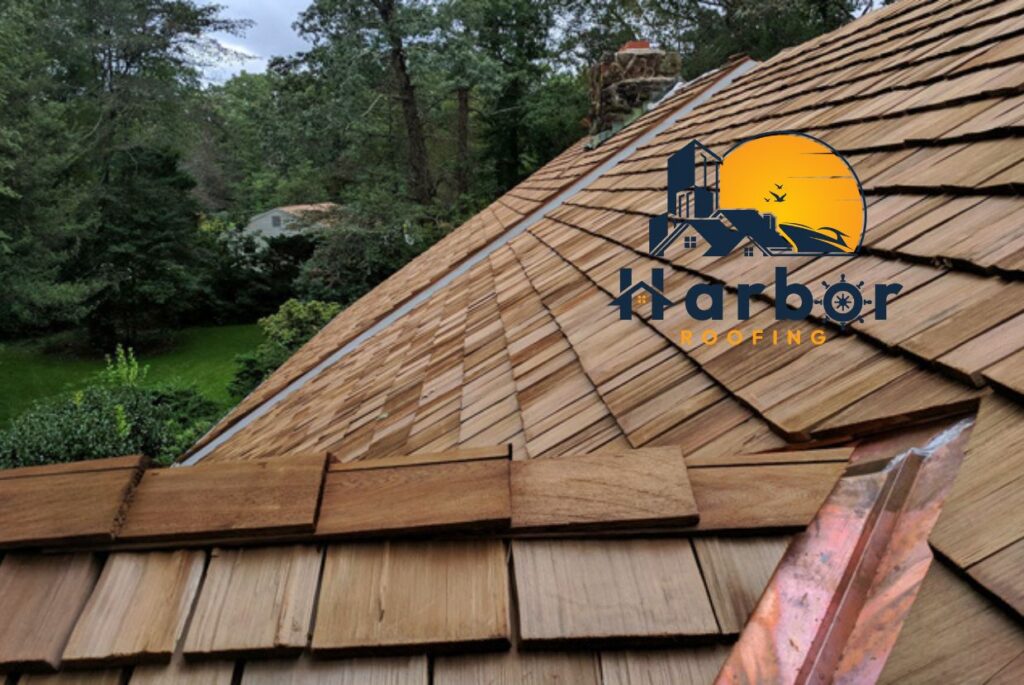
Before we discuss grades, it’s helpful to understand what cedar shakes are. Cedar shakes are hand-split wooden shingles made from cedar logs, usually Western Red Cedar or Alaskan Yellow Cedar. Unlike machine-cut cedar shingles, shakes are split along the wood’s natural grain, resulting in a more textured and rugged appearance.
They’re popular for their natural beauty, resistance to rot and insects, excellent insulation and breathability, and long lifespan, which is typically 30 to 50 years with proper maintenance.
Their quality and appearance depend heavily on how the wood was cut and from which part of the tree it came. That’s where grading comes in.
What Are the Main Grades of Cedar Shake Shingles?
Experts grade cedar shake shingles based on the quality and consistency of the wood that manufacturers use in their production. Each grade affects how the shingles perform, their appearance, and their lifespan.
Here are the three main grades you’ll see on the market:
- Premium Grade
- Number One Grade
- Number Two Grade
This is the highest quality grade available and is, in fact, the best of the best. People also refer to it as “blue label” or “100% edge grain.”
Premium Grade
Premium grade cedar shakes are cut from the heartwood (the center) of the cedar log, which is the most durable and stable part of the tree. Each piece is 100% edge grain, meaning they cut it perpendicular to the growth rings for maximum strength and minimal warping.
Key characteristics include:
- Uniform thickness and smooth surface
- Straight grain with no visible knots
- Naturally resistant to splitting, cupping, and moisture absorption
- Best longevity and performance under harsh weather conditions
Due to their high quality, people use them in high-end homes, luxury properties, and historic restorations. They’re also the most expensive option, but they tend to pay off in the long run because they require less maintenance and have a longer lifespan.
Best suited for: Homeowners who desire a roof that combines exceptional beauty, durability, and low maintenance.
Number One Grade
People commonly refer to this grade as select or blue label. Producers of Number One cedar shakes usually make them from heartwood, and they contain a mix of edge grain and flat grain. While they may have a few small knots or natural imperfections, they’re still durable and weather-resistant.
Key characteristics include:
- High-quality wood with consistent grain
- Minimal knots or blemishes
- Outstanding balance of performance and cost
- Suitable for most residential roofs
Number One shakes are a popular choice for homeowners who want a beautiful cedar roof without the premium price tag. With proper maintenance, including cleaning, sealing, and regular inspections, these shakes can last for several decades.
Best suited for: Standard residential roofs and homeowners seeking a balance of quality, longevity, and affordability.
Number Two Grade
Number Two cedar shakes are the most affordable and the most variable in quality. They often include more sapwood, flat grain, and visible knots. While you can use them for roofing, people commonly install them on outbuildings, sheds, and barns or as underlayers beneath higher-grade shakes. Another name for this grade of cedar shake is “utility” or “red label.”
Key characteristics include:
- More natural imperfections and color variation
- Higher chance of warping or splitting over time
- Shorter lifespan and higher maintenance needs
If you’re looking for aesthetics and longevity, this grade may not be ideal for your home’s main roof. However, it’s great for smaller projects or where visual perfection isn’t a priority.
Best suited for: Sheds, garden buildings, garages, and budget-friendly applications.
What are Tapersawn Shakes and Hand-Split Shakes?
You’ll often see shakes described as either hand-split or tapersawn, even though they are not precisely a grade. Here’s what that means:
Hand-split shakes have a rugged, rustic surface because they’re split by hand along the grain. Tapersawn shakes, on the other hand, are sawn on both sides, giving them a smoother, more refined look (something between a shake and a shingle).
Both styles are available in the same grades (Premium, No. 1, and No. 2), so it ultimately comes down to an aesthetic preference.
Types of Cedar Shake Grains
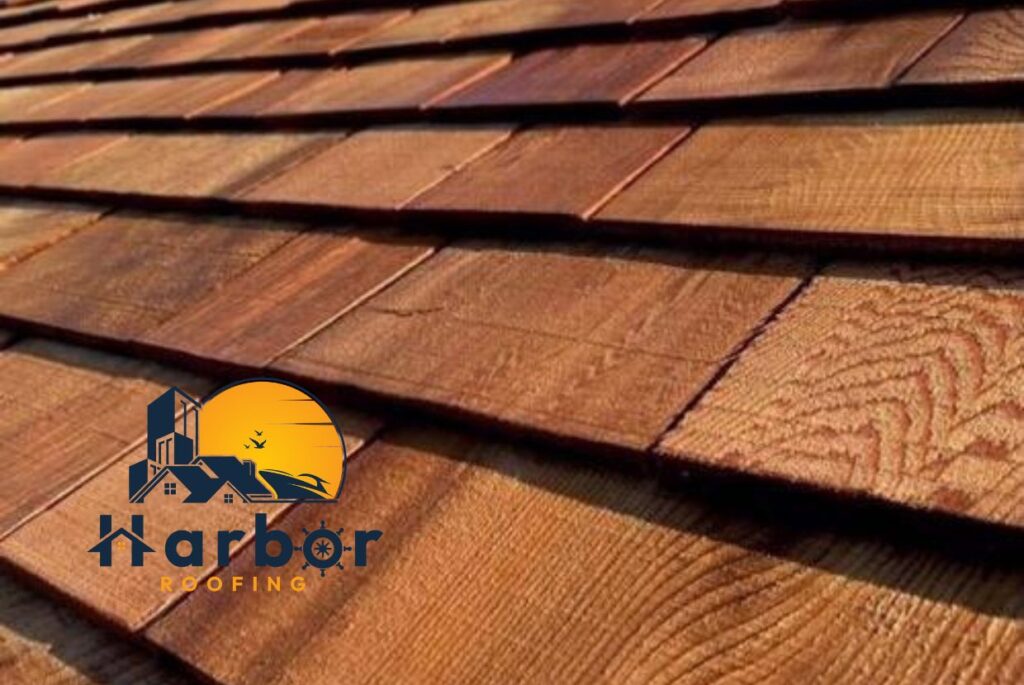
Grain orientation plays a significant role in how your cedar shakes perform over time. Even within the same grade, the type of grain can make a noticeable difference in durability and stability.
Edge Grain
They cut edge grain shakes perpendicular to the tree’s growth rings, which gives them the best dimensional stability and weather resistance. They’re less likely to warp, split, or cup, making them the most durable option. You will typically find this type of grain in premium-grade cedar shakes.
Flat Grain
Flat grain shakes are cut parallel to the growth rings, which makes them more prone to movement as the wood expands and contracts. Over time, they can warp or split more easily, particularly in climates with high humidity or significant temperature fluctuations.
Slash Grain
Slash grain shakes are cut diagonally across the growth rings, landing somewhere between edge and flat grain in performance. They offer moderate stability and can still perform well if properly maintained.
In general, the closer your shakes are to 100% edge grain, the better they’ll resist weathering and the longer your cedar roof will last.
Factors to Consider When Choosing a Cedar Shake Grade
1. Budget: Premium shakes are a bigger upfront investment, but they last longer and need fewer repairs. Number One shakes strike a good balance between cost and durability.
2. Climate: If you live in a humid or storm-prone area, investing in Premium or Number One shakes is worth it for better weather resistance.
3. Appearance: Premium shakes offer the most consistent color and grain pattern. If you prefer a more natural, rustic look, Number One shakes might be a good fit for you.
4. Maintenance: All cedar roofs require care. You need to clean, treat, and inspect them. However, higher-grade shakes need less frequent attention.
5. Long-Term Value: A well-installed Premium or Number One cedar roof can boost your home’s curb appeal and resale value.
Can You Mix Cedar Shake Grades?
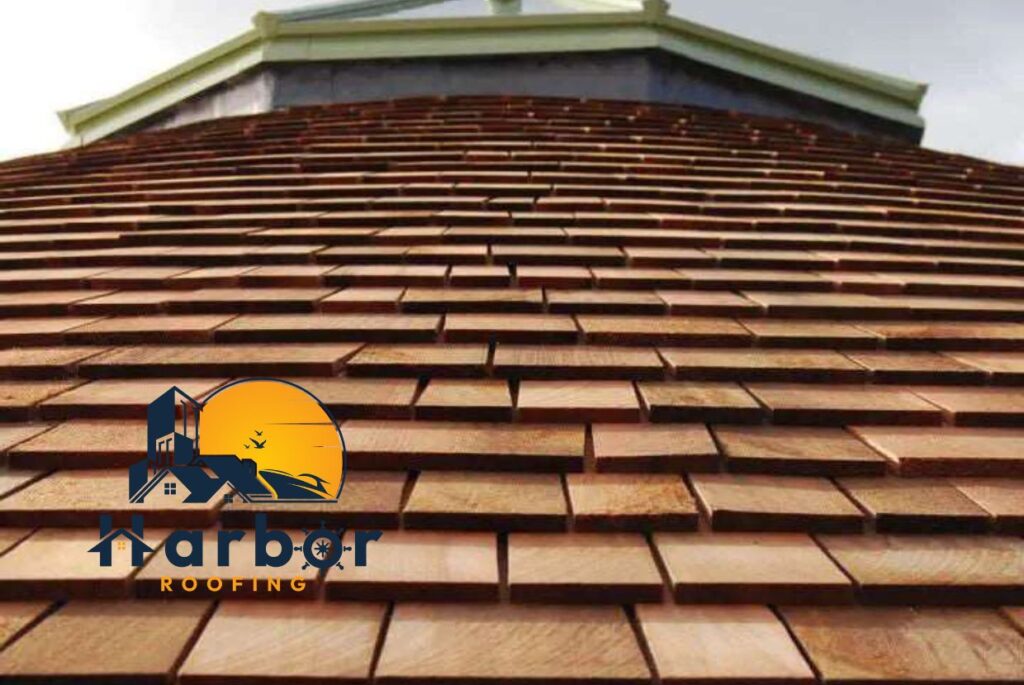
Technically, yes. However, we do not recommend it for visible roof areas. Mixing grades may save on costs upfront, but it can create uneven color, inconsistent texture, and varying performance across your roof.
If you want to balance cost and aesthetics, using Number One shakes for the main roof and Number Two shakes for less visible sections, such as sheds or detached garages, is a more effective approach.
Cedar Shake Certifications and Labels to Look For
When purchasing cedar shakes, verify that they are certified by the Cedar Shake and Shingle Bureau (CSSB). Their “Blue Label” certification ensures the shakes meet strict grading and quality standards.
Here’s what the labels mean:
- Blue Label: Premium and Number One quality, which is ideal for roofing.
- Red Label: Number Two or lower quality, which is suitable for walls or undercourses.
- Black Label: Utility grade, which is not suitable for roofing applications.
Buying certified shakes helps ensure you’re getting reliable, properly graded material that performs as expected.
Conclusion
Choosing the right grade of cedar shake shingles is about finding the right balance of beauty, performance, and durability for your home. Premium shakes offer the best longevity and visual appeal, Number One shakes provide great value and dependable performance, and Number Two shakes are well-suited for smaller projects or budget builds. Are you unsure which cedar shake grade best suits your home? We’ve got you!
At Harbour Roofing, we help homeowners select the ideal cedar shake grade for their climate, style, and budget. You can rest assured that we’ll build your roof to last and look beautiful for decades.
Frequently Asked Questions
Are cedar shake shingles expensive?
They’re pricier than asphalt shingles but offer a longer lifespan and unmatched natural beauty. Premium shakes cost the most but also last the longest.
Can cedar shakes be fire-treated?
Yes, you can buy fire-retardant-treated shakes that meet Class B or C fire ratings, depending on your local building codes.
How long does a cedar shake roof last?
Premium shakes can last up to 50 years, while Number One shakes typically last 30–40 years with proper care and maintenance.
What’s the difference between cedar shakes and shingles?
Shakes are hand-split and have a rougher, more textured surface, while shingles are sawn on both sides for a smoother, uniform look.
